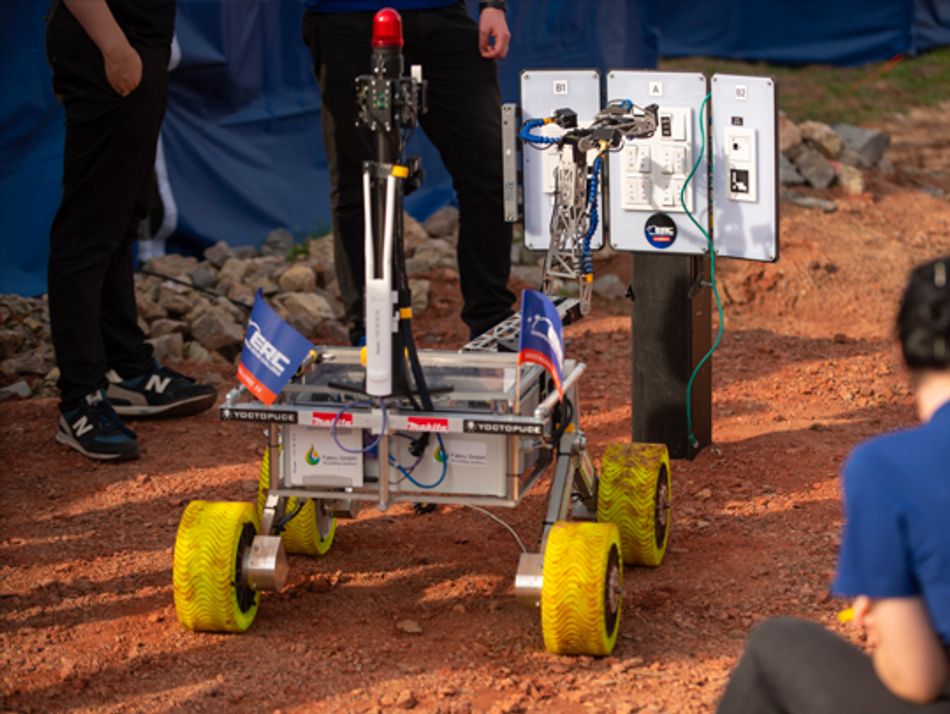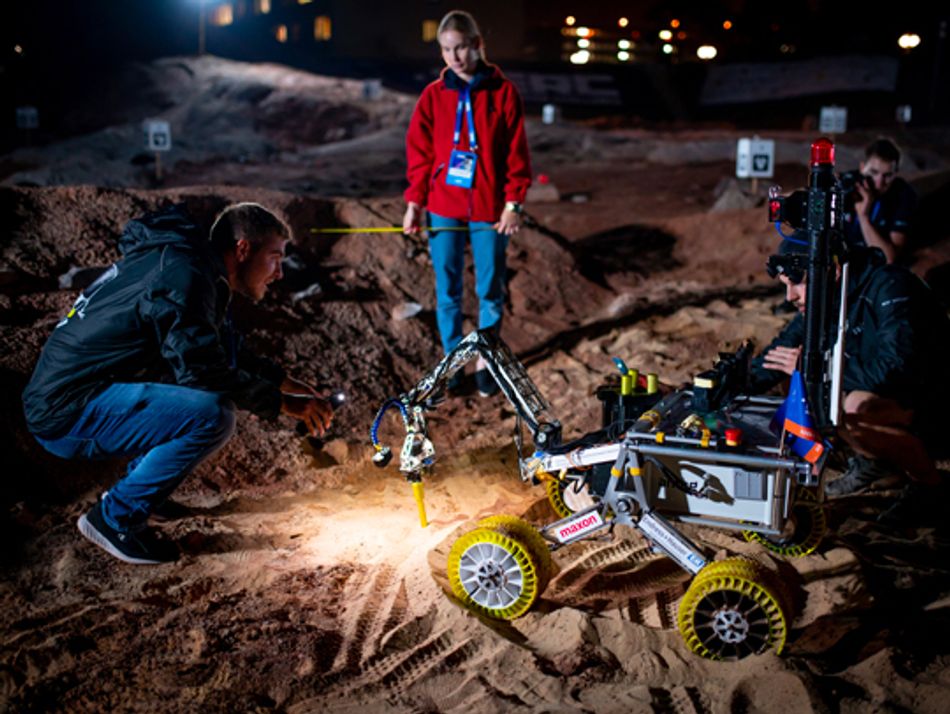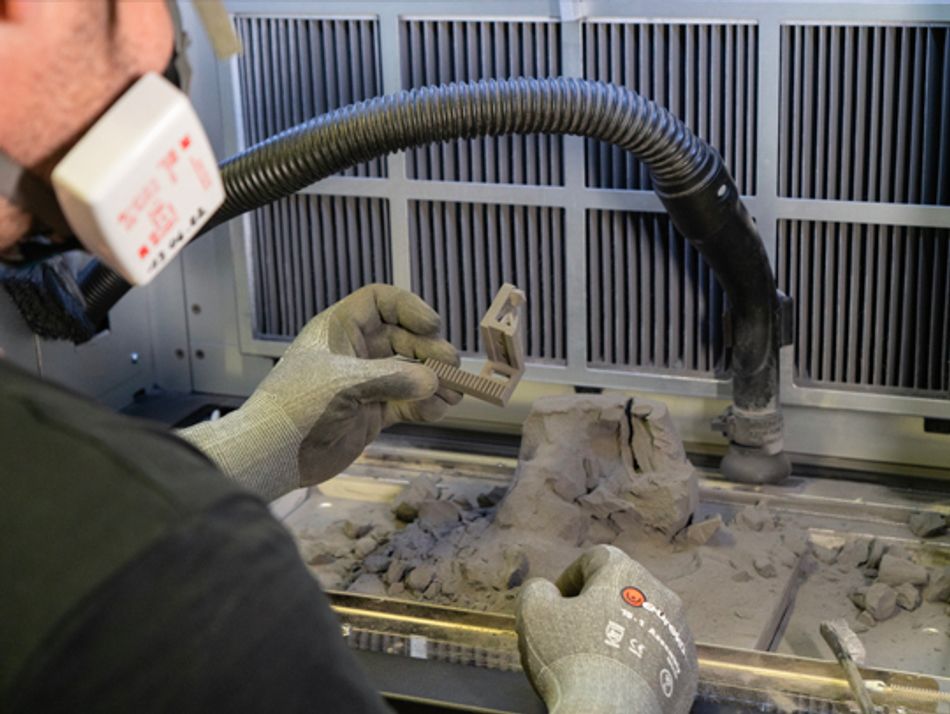SLS technology on a mission to Mars?
Students from the University of Applied Sciences Northwestern Switzerland (FHNW) build a functional Mars rover using SLS 3D printed parts and take 6th place at the European Mars Rover Challenge (ERC) in Poland.
This article was first published on
sintratec.comInternational Space and Robotics Contest
For the first time in the history of the University of Applied Sciences Northwestern Switzerland FHNW, a team of nine Bachelor students from three different fields of study successfully participated in the European Rover Challenge (ERC). Within a year, the students built a Mars rover and placed 6th in the competition out of 19 teams from all over Europe, being the only newcomer in the top 10. 'It was a bit like a ‘fish out of water’ experience because we didn’t have any inside knowledge of the competition', explains Nadine Richard- the 5th-semester mechanical engineering student was in charge of the gripper, deep sampling, and the robotic arm.
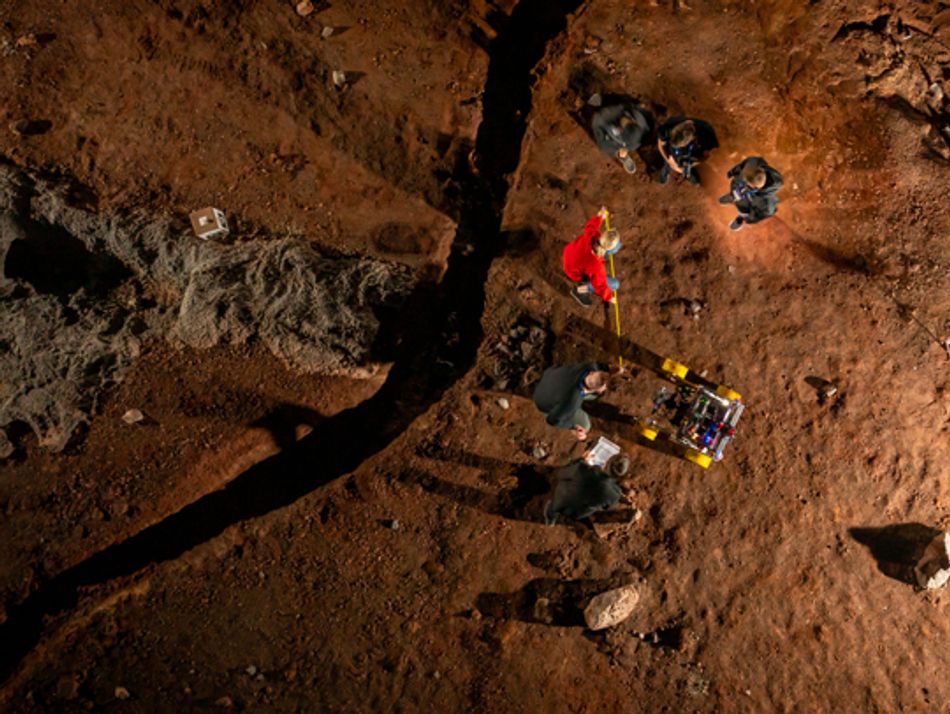
Success with the right goals
For the first participation in the ERC, it was important for the FHNW team to be able to compete with a functioning rover. In the four disciplines of navigation, probing, maintenance, and science, the Mars rover had to prove its skills.
'In the development, we focused especially on the drivetrain, as well as the manipulator (robotic arm and gripper), since these two components are elementary for all four tasks in the competition,' emphasizes Nadine.
Components from the 3D printer
3D printing played a key role in the development of the rover. 'A big advantage of additive manufacturing is the complexity of the parts you can design, as well as the different technologies and materials ready to use,' Nadine explains. For the tires and the signal mast, the team used the FDM printers available at the university. Due to the high demands on the gripper, selective laser sintering (SLS) was used as another 3D printing technology. High durability – due to forces from all directions – and extreme lightness – due to the gripper’s center of gravity being far out – led the students to Sintratec. 'The sponsored components from Sintratec exceeded all our set requirements and performed excellently in all four tasks of the competition', Nadine happily points out.
See these incredible images below that showcase the rover and gripper.
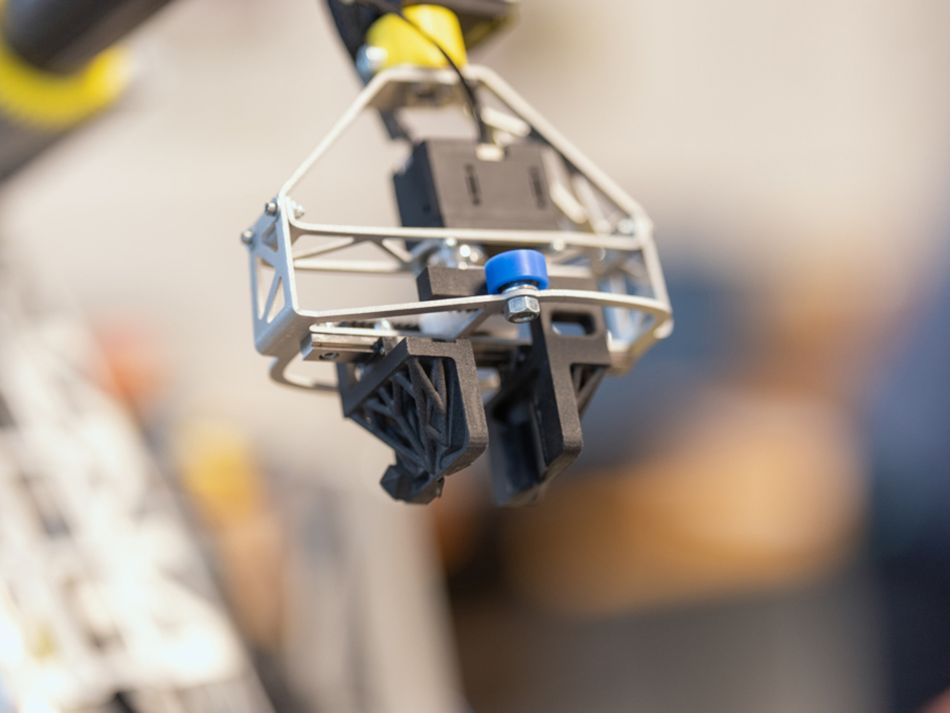
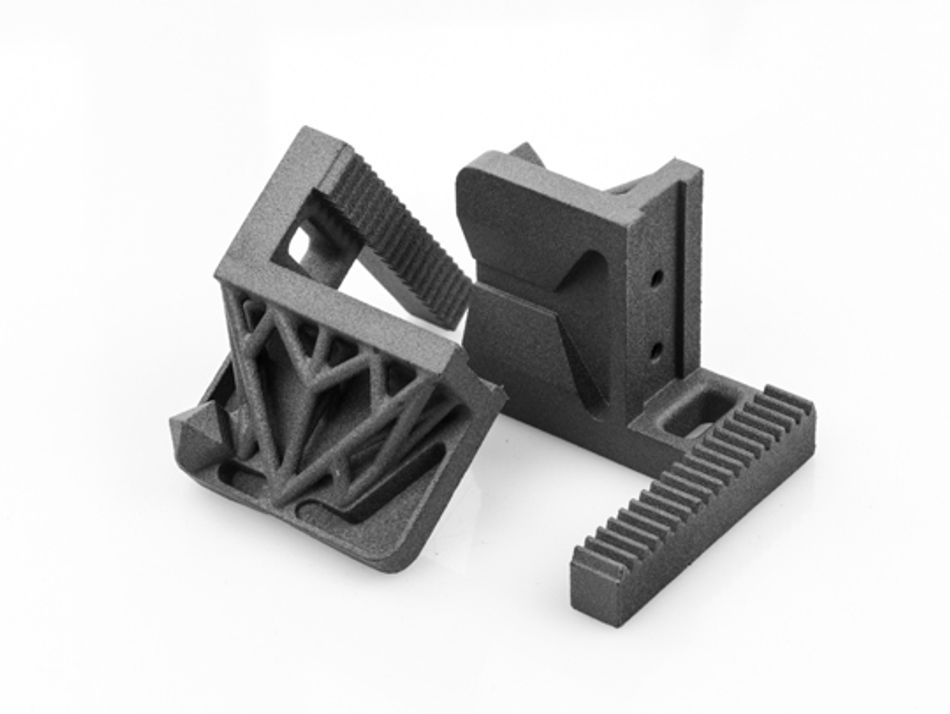
SLS convinces tomorrow’s engineers
Nadine Richard’s team was impressed with the high durability, stability, and accuracy of the SLS components printed with PA12 on the Sintratec S2. The lack of support structures also made it advantageous for the project. Sintratec provided guidance and allowed them to incorporate new technology into their project. Nadine plans to use SLS technology for future robotic projects. Learn more about the project in the video below.

